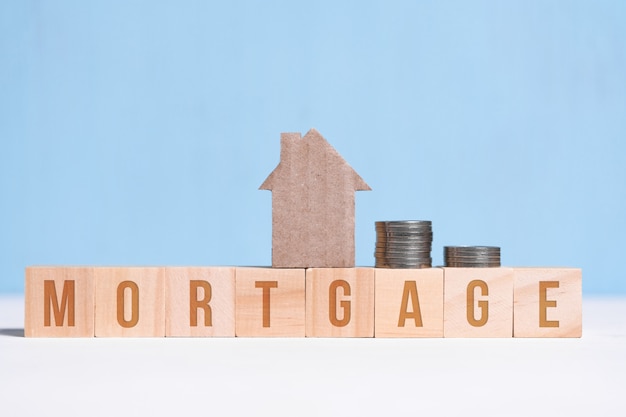When the yield curve inverts, it’s a smart move to refinance your mortgage. Here’s a practical example to explain why. On March 11, 2019, Jerome Powell, the Chair of the Federal Reserve, announced that there wouldn’t be any more rate hikes for the year, despite earlier predictions of two hikes. Later, in August 2019, the Fed cut rates for the first time in a decade. This was good news for borrowers and investors, but it also signaled a slowdown in economic growth, as the Fed was cautious about the economy’s ability to handle higher rates.
The bond and stock markets often give mixed signals, making it tough to predict the future. However, the saying "a bird in the hand is worth two in the bush" applies well here. It’s wise for homeowners to refinance their mortgages to improve their cash flow.
In 2021, the 10-year bond yield dropped to an all-time low, significantly lower than its 3.2% mark in November 2018. This drop in bond yields, which mortgage rates tend to follow, brought mortgage rates down to record lows in 2021. Even with rates climbing back up in 2022 due to inflation and Fed actions, the significant drop since late 2018 makes refinancing a beneficial option. Homeowners with adjustable-rate mortgages nearing their end or those who secured their mortgages at higher rates should particularly consider this.
Refinancing can lead to substantial savings. For instance, if you bought a house with a 5/1 adjustable-rate mortgage (ARM) in June 2014, when the 10-year bond yield was similar to today’s rates, you might expect no change when your rate adjusts. However, if your ARM is tied to a different index like the LIBOR, your rate could still increase. By refinancing to a new ARM at about 3%, you could see significant monthly savings compared to the higher rates in the second half of 2018.
Despite the costs associated with refinancing, such as appraisal, application, processing, and underwriting fees, the savings on interest often cover these expenses within a few months. It’s generally advisable to refinance if you can recover the refinancing costs within a year, especially if you plan to stay in your home for a longer period.
The yield curve, a reliable economic indicator, inverted again in February 2020, signaling a potential recession or at least a slowdown. This makes it an opportune time to refinance and save money, whether the economy heads into a recession or continues to grow.
Always look for the best mortgage rates available, which can often be found online more efficiently than visiting lenders individually. Also, check with your current bank, as they might offer competitive rates to retain your business. I managed to refinance to a 7/1 ARM at an incredibly low rate of 2.375% without any fees, leading to significant savings.
In conclusion, always consider refinancing your mortgage when the yield curve inverts. It’s not just about saving money each month; it’s also about making the most of your investment in your home.
